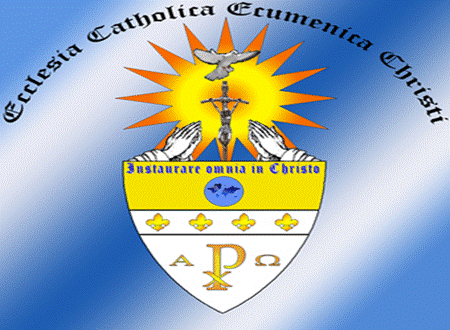
We can classify the Church of Jesus Christ into three major groups as Catholic, Orthodox, and Protestant. These churches are classified because they differ from each other in their origin, ecclesiastical structure, and the way that they interpret the holly scripture. Despite the efforts of many Saints and many other people who were in charge of the church, today there are many branches inside of the global church, which supposed to be a unique institution. According to historical and theological studies, these divisions are caused by many misunderstandings due to cultural differences and geographical distances. This means that lack of terminology and clear communication of their beliefs during centuries easily directed them to different branches that today we can see. Moreover, many years of separation effected also their ecclesiastical structure and of course the way of commenting and interpreting the Holy Scripture. Therefore, we can classify Christianity in three groups by their origin, their ecclesiastical structure, and the way that they interpret the Holy Scripture.
To begin with, these churches differ from each other in their origins. The Catholic Church was formed in the first century and it is known as the apostolic church because it was founded by the apostles of Christ. The Orthodox Church was formed in 1054, when the bishops of Eastern Europe and the Middle East didn’t accept the primacy o the Pope over them and they declared themselves as independent church. In the sixteenth century the Protestant movement started which was directed by Martin Luther. He led the Reformation, saying that the Catholic Church abused its divine power. Therefore, the study of the origins of these churches gives us a clear idea to classify them in different branches.
Another difference between these churches which allows us to classify them consists in their ecclesiastical structure. Many years of separation of churches caused many reforms which changed their appearance and their ecclesiastical structure. The Catholic Church has a hierarchical structure and there is common doctrine which all Catholic Churches and their primates respect. In contrast to this in the Orthodox Church there is no a centralized power or common doctrine which can guide it. Every prelacy has its autonomy and there is no obligation to obey any other ecclesiastical entity. The protestant Church has more authority, because every single church has its own policy and everything depends on its pastor. Therefore, different ecclesiastical structures allow them to classify these churches in different groups.
The other reason that makes me classify these churches in different branches is the way that they comment on the Holy Scripture. The Catholic Church comments on every single chapter and goes into deep the meaning of the whole chapter in order to understand what the writer wanted to communicate and they not stop in front of the appearance. As an illustration, the Gospel talks about Jesus' brothers. The Protestant Church believes that Jesus had brothers because it is written in Gospel, while the Catholic church by doing some studies on Jewish culture points out that the Jewfishes used to call brothers even their cousins, so statement that Jesus had brothers is not necessarily true. The Orthodox Church uses its classic way. They use their Saints' comments to understand each chapter and there is no innovation. They are very traditional people and are not open to new comments. The entire Protestant church, which generally are more than thousands branches, considers every single word of the Bible as the only real fact and don't accept as a complementary source the comments of Fathers of the Church. Therefore, the way of commenting on scripture is a good way to classify these churches.
In conclusion, due to many years of separation between these three major churches we can see many differences which allow us to classify them in different categories. Their origins, their different hierarchical styles, and the way they comment on the Holy Scripture, dived them into three different branches of Christianity and churches. Even though it is very hard for these churches to come to a unity due to many differences, hopefully it will become a goal for them in order to unify their population under a unified Christian flag of faith, hope, and love.
Edik Baroni

